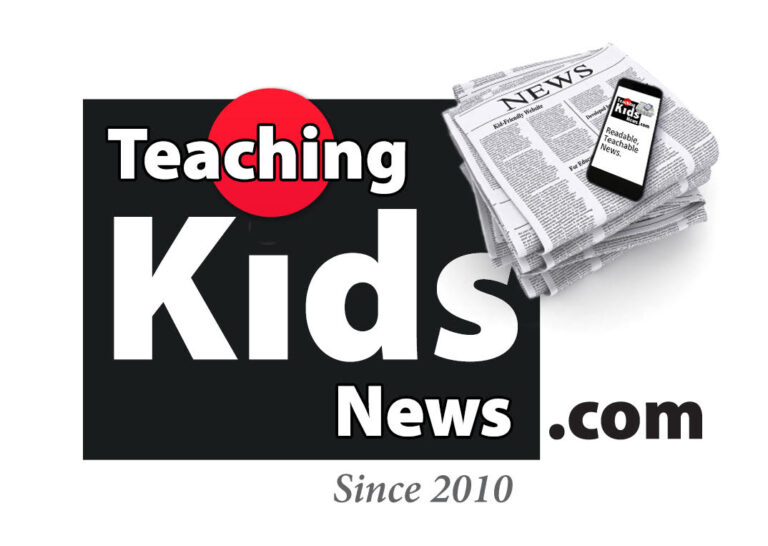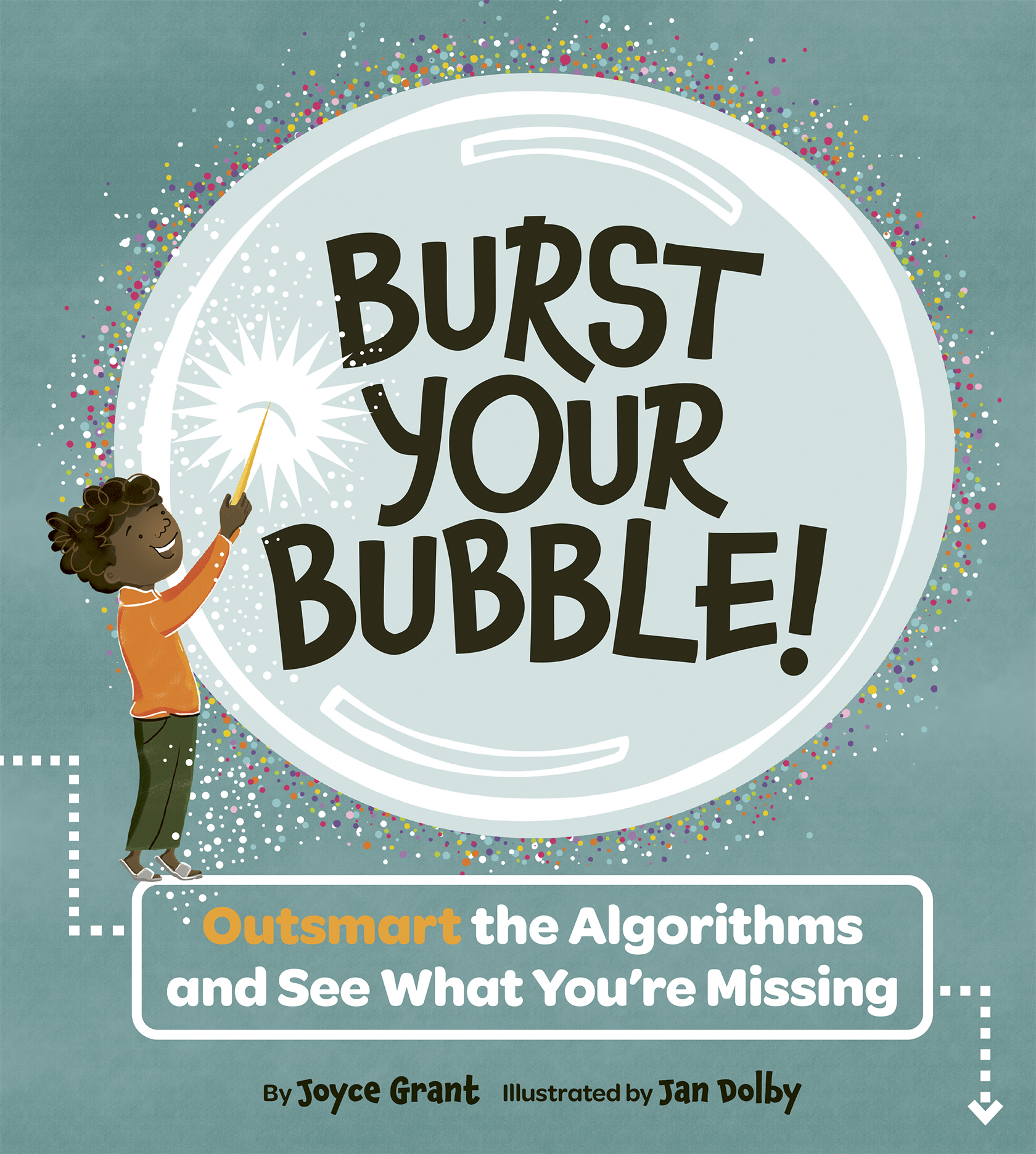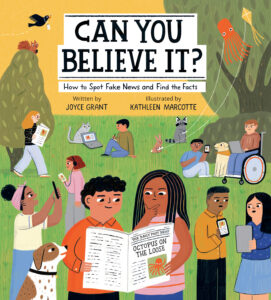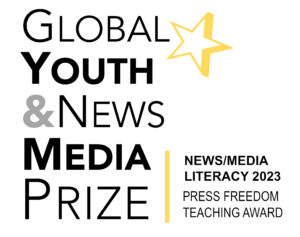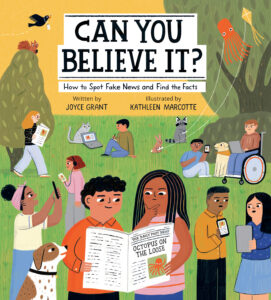
Young people in more than 800 cities in the United States and around the world took to the streets last Saturday to protest.
It was called “The March for our Lives.” The students were protesting for “gun control” which in this case means they want stricter gun laws in the United States.
Canada’s gun laws are different than in the United States, in terms of when and how someone can buy a gun. Canada has “fairly strict gun laws,” according to a recent article in The Walrus magazine. Canada has “detailed licensing procedures, age restrictions, and background checks required before you can purchase a firearm.”
The students want politicians in the United States to make it harder for people to buy guns. They say that will make everyone safer.
It’s hard to know how many people protested on Saturday, but it was in the hundreds of thousands. One of the biggest protests was in Washington, D. C., in the United States—where the White House is located. CBC News called it “one of the biggest youth protests since the Vietnam War era.”
Young people are also using the slogan “Enough” to communicate that they are fed up. A number of students have become spokespeople for the movement to end gun violence. Those people, including Emma González, David Hogg and Cameron Kasky, made speeches at the protest.
There were also eight protests in Canada, according to CBC News; hundreds of students marched in Ottawa and Toronto as well as other cities across the country.
CURRICULUM CONNECTIONS
By Jonathan Tilly
Writing/Discussion Prompt
Imagine you were asked to give a speech at this protest. What would you say? What message would you share? Write the introduction to your speech and share it with your classmates.
Reading Prompt: Extending Understanding
Have you ever seen a protest? What does it look like? Sound like? Feel like? Do you believe they are powerful in bringing attention to specific issues?
Intermediate
Extend understanding of texts, including increasingly complex or difficult texts, by connecting the ideas in them to their own knowledge, experience, and insights, to other familiar texts, and to the world around them (OME, Reading: 1.6).
Language Feature: Slogans
A slogan is a short and memorable phrase. In today’s article, we learned that the protesters were using a slogan during their demonstrations:
Young people are also using the slogan “Enough” to communicate that they are fed up. A number of students have become spokespeople for the movement to end gun violence.
Can you think of a time where you read a slogan or heard a slogan being chanted? Why is a slogan a powerful form of communication?
